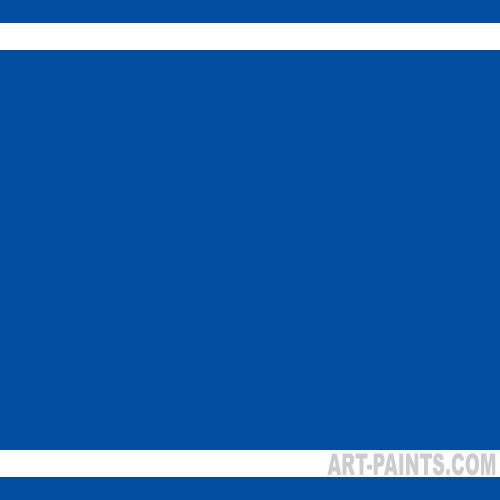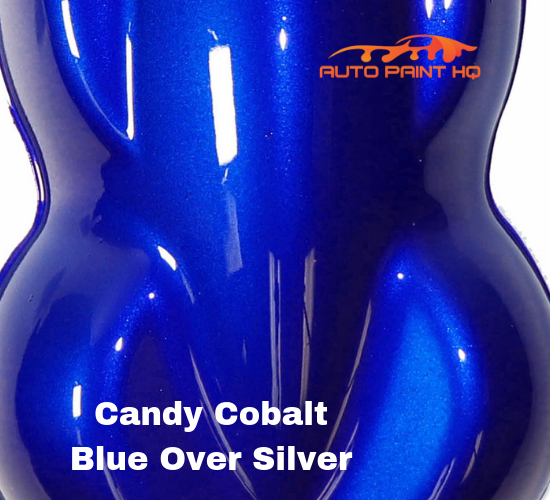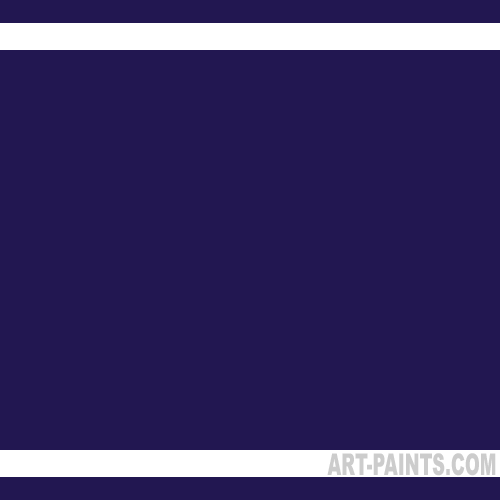
Courtesy of and © The National Gallery, London. The National Gallery (Sir Hugh Lane Bequest, 1917), London.

Jean-Baptiste-Camille Corot (1796-1875), Avignon from the West (1836), oil on canvas, 34 x 73.2 cm. Wikimedia Commons.Ĭobalt Blue has been found in Delacroix’s famous Liberty Leading the People (1830), but he too must have used other blues, perhaps including Prussian Blue, which had become popular in the early 1700s.

Eugène Delacroix (1798–1863), Liberty Leading the People (1830), oil on canvas, 260 x 325 cm, Musée du Louvre, Paris. Joseph Mallord William Turner (1775–1851), Ulysses Deriding Polyphemus (detail) (1829), oil on canvas, 132.7 × 203 cm, The National Gallery, London. Here he must have used it in the sky and cloud, although for the much darker blue of the distant sea he may well have reverted to the use of Ultramarine. Wikimedia Commons.Īfter his initial tests, JMW Turner continued to use Cobalt Blue in many of his paintings, such as Ulysses Deriding Polyphemus from 1829. Joseph Mallord William Turner (1775–1851), Ulysses Deriding Polyphemus (1829), oil on canvas, 132.7 × 203 cm, The National Gallery, London. Indanthrone and Phthalo Blues are modern organic pigments which became available after 1900. Once Ultramarine was being manufactured commercially after 1826, synthetic Ultramarine Blue quickly became considerably cheaper than Cobalt Blue.Ĭerulean Blue had actually been discovered before Cobalt Blue, but was not introduced as an artists’ pigment until the middle of the nineteenth century, after both Cobalt Blue and synthetic Ultramarine. It remains popular today, but has always been expensive. The pigments are, from the left: Cerulean Blue (genuine), Cobalt Teal, Cobalt Turquoise Bluish, Cobalt Blue, Ultramarine Blue (synthetic), Indanthrone Blue, and Phthalo Blue.Ĭobalt Blue is an excellent and lightfast pigment which is not as deep blue as Ultramarine, thus has lower tinting strength, and is semi-opaque. In this sampler of modern oil paints made by Williamsburg, each is shown straight from the tube, and below in approximately equal mixture with Titanium White. Modern oil paints by Williamsburg, from the left: Cerulean Blue (genuine), Cobalt Teal, Cobalt Turquoise Bluish, Cobalt Blue, Ultramarine Blue (synthetic), Indanthrone Blue, Phthalo Blue. Wikimedia Commons.Ĭaspar David Friedrich was another early adopter, and used Cobalt Blue in the sky of his superb Riesengebirgs Landscape with Rising Fog in 1819-20. Caspar David Friedrich (1774–1840), Riesengebirgs Landscape with Rising Fog (1819-20), oil on canvas, 54.9 x 70.4 cm, Neue Pinakothek, Munich, Germany. This was painted in Italy – that is the volcano Vesuvius in the background, and the subject was educated in Naples.

The pigment was rapidly adopted in France and Germany, with Jacques-Antoine Vallin’s portrait of Dr Forlenze (1807) being another early example. Jacques-Antoine Vallin (c 1751-1833), Dr Forlenze (1807), oil on canvas, 209.6 x 128.3 cm, The National Gallery (Presented by Frédéric Mélé, 1908), London. Once brought to this state, Turner could return to the sketch later and add foreground detail before completing it. This shows how similarly Turner started his oil and watercolour paintings. So far, I believe that the earliest recorded use of Cobalt Blue is in the sky of JMW Turner’s oil sketch of Goring Mill and Church, thought to have been painted in 1806-07. © The Tate Gallery and Photographic Rights © Tate (2016), CC-BY-NC-ND 3.0 (Unported), JMW Turner (1775-1851), Goring Mill and Church (c 1806-07), oil on canvas, 85.7 x 116.2 cm, The Tate Gallery (Part of the Turner Bequest 1856), London. As this preceded the introduction of artificial Ultramarine, Cobalt Blue was quickly introduced into artists’ paints, becoming available in oil paints and watercolours from around 1806-08. Thénard discovered cobalt aluminate in 1803-04, and recognised its potential as a pigment. Over a similar period, artists also used Smalt, made from powdered blue-coloured glass, in which the active pigment is cobalt oxide. Ultramarine Blue is one of the oldest pigments still used in painting, and its history could fill a book.

Blues occur in nature in a wide range of chromatic intensity, so having a reliable lightfast deep blue is one of the first requirements for any palette.īlues are also among the most fascinating pigments in terms of their history and use. Blue is not just a primary colour, but the colour of the unclouded sky, of many bodies of water, and by convention of the Virgin Mary’s clothing.


 0 kommentar(er)
0 kommentar(er)
